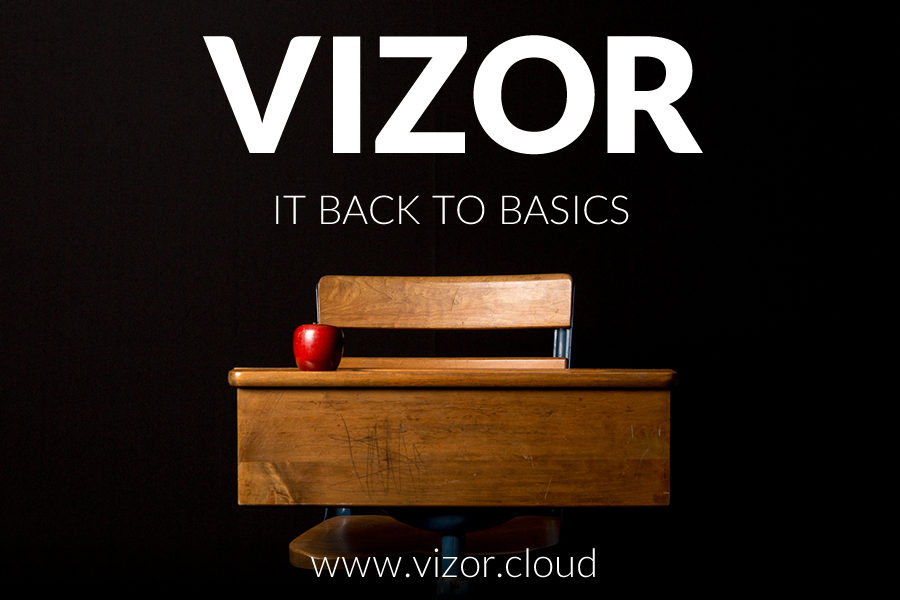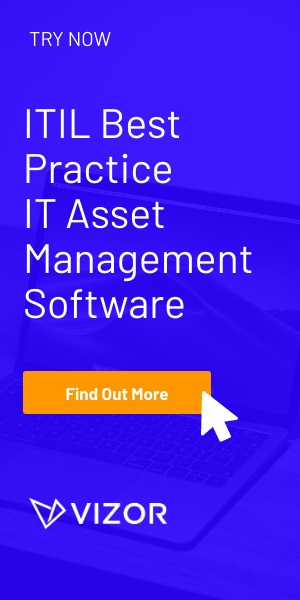Who takes ownership of Software Asset Optimization?
The Software Asset Optimization Challenge
Application software licensing and maintenance costs are a significant component of an IT budget, but few organizations take an adequately structured and informed approach to minimizing the expense. In our experience this is because the challenge spans multiple departments, each of which has its own priorities. For a procurement department to become sufficiently savvy on the intricacies of the licensing policies of their major suppliers – which could easily include all of Microsoft, Oracle and Adobe – is a big demand. For the platform management team, their concerns are stability and as much consistency as possible, not the fine print in the licenses.
In addition to these organizational issues there are the technical challenges of Software Asset Optimization. In our White Paper on this topic we review the four elements of competence and information required for optimization.
1. Assessing what you need.
2. Knowing what you own.
3. Knowing what you have deployed.
4. Knowing what is actually used.
Assessing License Requirements
The applications you have to license range from standard platform components such as your AV tool, through to specialized and expensive applications for which there are often only handfuls of users. How do you quantify and monitor the numbers? Vector’s Software License Compliance and Optimization package includes a policy-based utility that allows you to map Dynamic User Groups to applications, from both the User Group perspective and the Application perspective. This is not a difficult utility to use but it requires cooperation from the managers of user departments to say what their users need, and it needs the department groups to be identified in the asset database.
License Ownership
Spreadsheets are no longer the ideal vehicle for cataloging license ownership and maintenance contracts. They never were the ideal vehicle, but for the procurement team there was often little choice. What works today is a Web-based tool that accesses a SQL-based (and therefore easy to interrogate) database of licenses and maintenance contracts. Ideally it should be integrated with the hardware and software inventory database, allowing blocks of licenses to be allocated against those Dynamic Departmental Groups that were used in compiling license requirements.
Knowing What’s Deployed
Of the four optimization components, this is the most commonly available. It may not be accurate and it may not be up to date, but many organizations will have deployed some variety of software inventory tool. SQL access is again important if you are going to want to use your own tools for comparing the inventory data with the license ownership and with your requirements definitions, but ideally you should be looking for a system that does all that for you.
Knowing What’s Used
For most organizations, the optimization process stops when the first three elements are in place. Work out what you need, buy the right amount and deploy it to the right PCs. Few have measurement tools in place to close the loop with feedback on whether those deployed licenses are actually used. Maybe this is not surprising. For the system managers, this usage monitoring tool would be just another agent to deploy and maintain; there is no benefit to their team from knowing who uses what applications and when. For those in procurement, they’ve already risen to the challenge of getting department managers to participate in compiling an accurate assessment of license needs. There’s no point appearing to question the statement of requirements by asking for asking for usage measurements.
Who Can Drive Software Asset Optimization?
The demand for usage measurement must come from someone who has clear responsibility for cost reduction through asset optimization. This is someone who is independent and can take their remit and work with all the stakeholders. They must involve department managers regarding requirement definitions, asset and platform managers regarding maintenance of accurate inventory, procurement regarding the most economic purchase of licenses, and they must persuade system management to implement usage measurement.
All these groups need to understand the purpose and the scale of potential benefit, so whoever is leading the optimization challenge needs above all to be an excellent communicator. Perhaps a surprising characteristic to find top of the list for a Software Asset Optimization executive?
Do you need a tool to manage Software Licenses?






